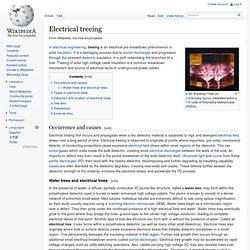

Rocketry. DIY elevation/azimuth shade finder tool for solar site surveys. This is a simple to make and easy to use tool for finding out when your solar panels/collectors or whatever... will be shaded at any time of the year.

The end result is a chart is called a Sun Chart because it really shows you when you'll have sun. You make this chart by using the tool to gather elevation and azimuth information for your surroundings. In the Sun Chart, the elevation is on the Y-axis and the azimuth is on the X-axis. This design originally evolved from an approach I saw on Gary Reysa's site here. Click here to see how a Sun Chart works to show you when your solar application will be shaded at any time of the year. If you got here from watching the video, briefly, here are the links: If anyone hasn't watched the video, it's included at the bottom of this page. What are elevation and azimuth The following diagrams show how elevation and azimuth work. Note that the diagram on the right refers to "True" South. How to make a tool for determining elevation and azimuth. Electrical treeing. Occurrence and causes[edit] Electrical treeing first occurs and propagates when a dry dielectric material is subjected to high and divergent electrical field stress over a long period of time.

Electrical treeing is observed to originate at points where impurities, gas voids, mechanical defects, or conducting projections cause excessive electrical field stress within small regions of the dielectric. This can ionize gases within voids inside the bulk dielectric, creating small electrical discharges between the walls of the void. An impurity or defect may even result in the partial breakdown of the solid dielectric itself. Ultraviolet light and ozone from these partial discharges (PD) then react with the nearby dielectric, decomposing and further degrading its insulating capability. Water trees and electrical trees[edit] 2D carbonized electrical trees (or tracking) across the surface of a polycarbonate plate that was part of a trigatron. Types of electrical trees[edit] Bow-tie trees. Introduction to Stepper Motors. If you are reading this, then you probably want to know more about stepper motors.

I will start at the basics and work my way up. I am going to be referring to the permanent magnet 2 phase variety. Other stepper motors exist but are beyond the scope of this article. A stepper motor is a brushless DC motor that is made to turn a fraction of a turn at a time. This means that the stepper motor is ideal for use in CNC machines (like the RepRap, Makerbot, Ultimaker etc) as the small steps – hence the name – allow for greater precision that is possible with standard DC motors. If you have bought the stepper motor then chances are you already know quite a bit about its characteristics.
Identifying Your Stepper Not only do stepper motors come in a variety of shapes and sizes, they also have different coil configurations. Does It Work?